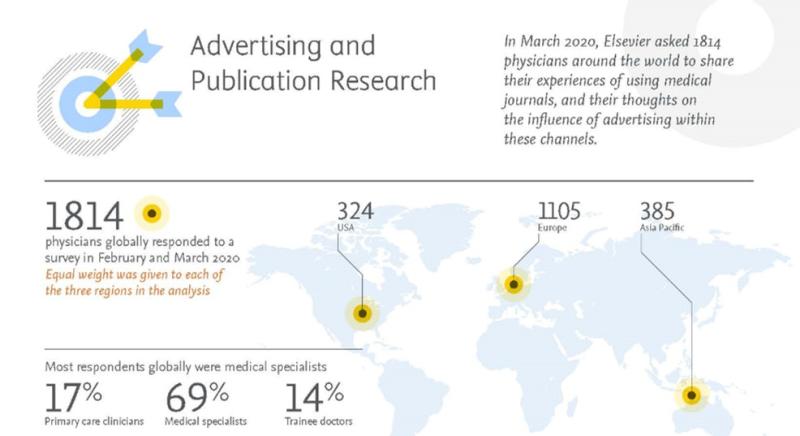
Article
How advertisements are helping physicians?
A survey of physicians shows why ads should be relevant, clear and content-related.
When you think of doctors reading medical journals, you might not think about them getting useful information from advertisements – information that could even help inform their approach to patient care.
But according to the results of a recent survey, ads may be having a deeper effect than you might expect, helping physicians keep up to date in a fast-paced information environment. This gives you the opportunity to tailor your ads to deliver more useful information and insights that ultimately benefit patients.
In February and March 2020, more than 1,800 physicians from around the world responded to a survey about publications and advertisements. The aim of the survey was to understand how physicians use medical journals and what benefit they get from advertisements.
Download the Advertising and Publication Research infographic and report.
Perhaps unsurprisingly, the results showed that physicians read medical journals: 96 percent read them at least monthly, 82 percent at least weekly, and 30 percent of physicians read them every day. And, while the exact breakdown of preferred reading format - print vs digital – varies by country, there is currently a fairly even split between readers who engage with our content in print and digital forms of our journals and those readers who prefer to consume our journal content only in digital form.
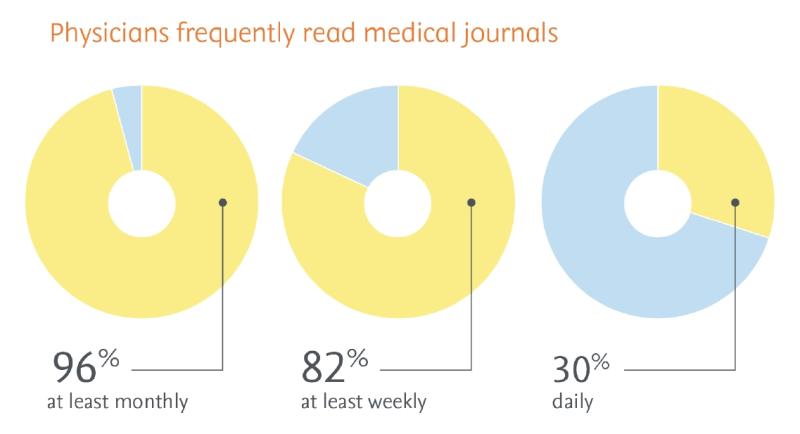
Why do physicians read medical journals?

The biggest reason physicians have for reading medical journals and article reprints is to stay up to date with the latest information, including about their specialty, prescribing and equipment. According to this survey, when it comes to medical practice and prescribing, they use a range of resources: about 90 percent of physicians use journal websites, apps and email alerts.
It’s not just the medical content they refer to. In the survey, physicians shared their opinions about the ads they see in print and online, and the results show that for many physicians, ads can be a useful source of information.
21 percent of physicians get information on new products and developments in their field through advertisements in medical journals and conferences. And even more physicians – 46 percent – see ads as a useful source of information about equipment.
Visibility is key
Advertisements can only be effective if they are seen, and according to the survey, they are attracting attention. Globally, 63 percent of physicians notice advertisements in print journals, with the highest attention in Germany (82 percent) and India (78 percent).
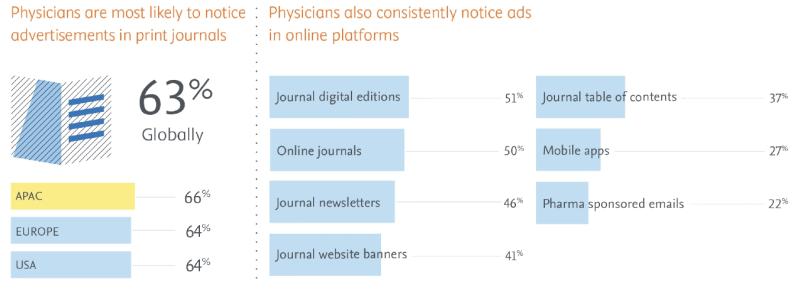
This pattern is reflected online, though overall, ads are less noticeable on the screen, with a global average of 50 percent of physicians seeing them in online journals. Different online formats show varying attention rates: 46 percent of physicians notice ads in journal newsletters, 41 percent in web banners and 37 percent in table of content emails, for example.
Making an impact with advertising
Journal advertising presents an opportunity to capture the attention of some of the journal’s readers, but how can you maximize that attention? The physicians who responded to the survey gave some valuable insights here.
Credibility
69 percent of physicians are more likely to notice an ad and take action if it’s viewed within a credible source. Therefore, simply placing your advertisement within a credible journal can help drive greater attention and action. Credibility is most important in China (for 77 percent of physicians) and least in France (44 percent).
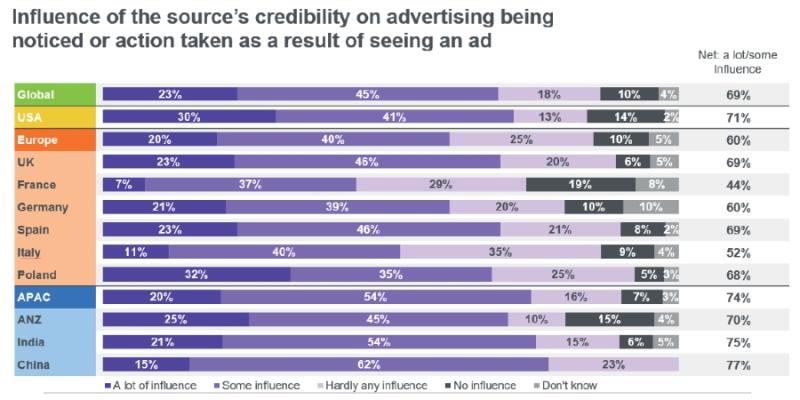
Relevance
58 percent of physicians reported being more likely to notice an ad if it contains relevant information. Think about what your audience needs to know, what topics they are thinking about, what equipment they use or could benefit from. One reader said of an advertisement, “Just from this survey I’ve taken a picture to send to my purchaser in the OR to buy new instruments.”
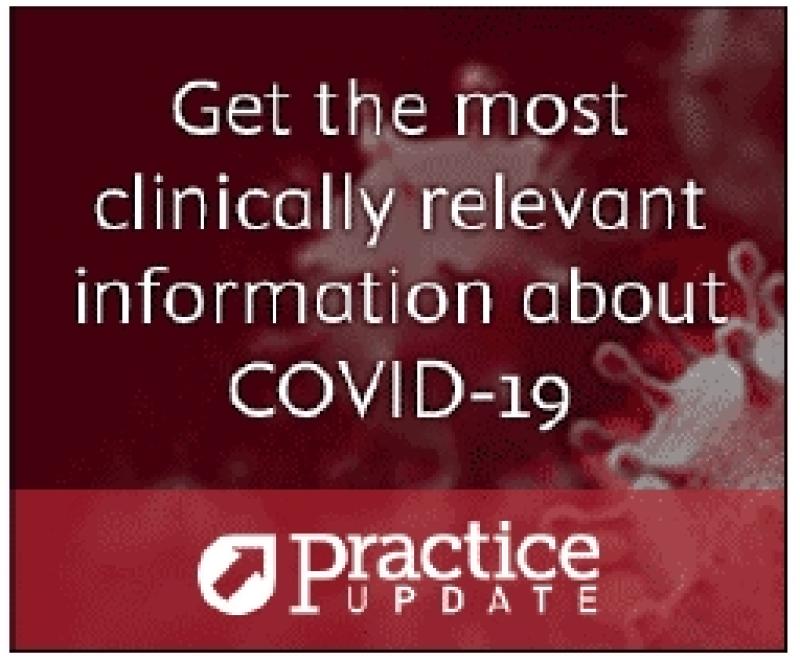
This PracticeUpdate banner ad addresses a topic that is relevant to physicians.
Clarity
You can also increase attention by making sure your ad has a clear message – 50 percent of physicians say clarity makes them more likely to notice an ad. In separate research, readers were asked to evaluate a series of advertisements in medical journals; the overwhelming message that came through was “less is more” – keep the message simple, while providing the right information and a link to more content.
Content-related
Although the survey revealed some resistance to advertising, particularly in Germany and Poland, in general, attitudes are positive. In particular, most physicians agree that advertising is necessary to access free content, and 50 percent said they are more likely to notice an advertisement if it links to scientific content.
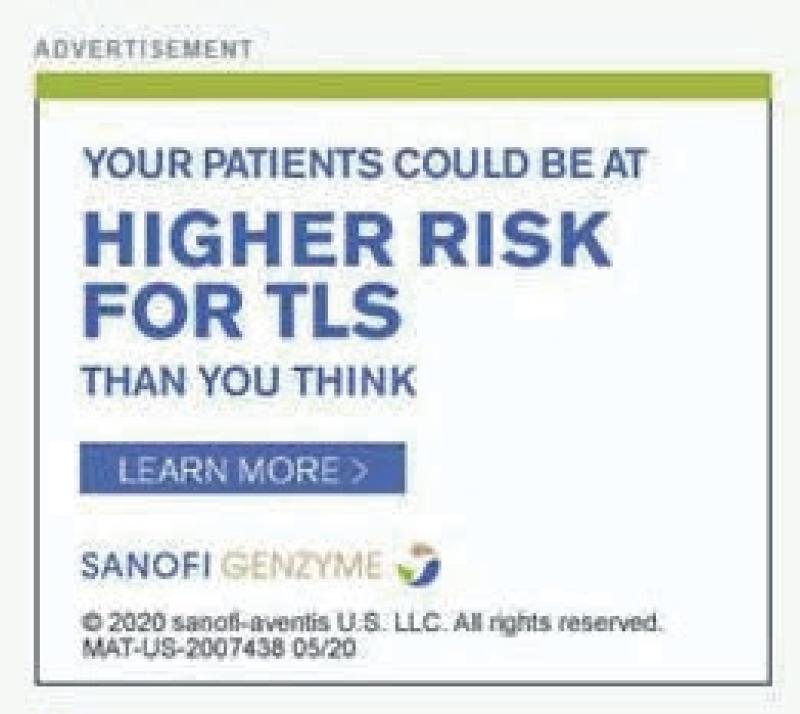
This advertisement has a clear message and link to more information.
Get the most from your advertisements
Today, as we continue to navigate a pandemic, physicians in all specialties are under pressure to work efficiently and effectively, helping patients who are more vulnerable than usual. They have less time to browse all of the latest articles and explore advertisements for content and equipment they might find useful.
When you advertise, you can help them by making sure you advertise in a credible journal and that your ad is relevant, clear and connected to content they find useful. Elsevier can help: we offer a range of advertising options, from print ads to targeted online banners. Find out more on our website.
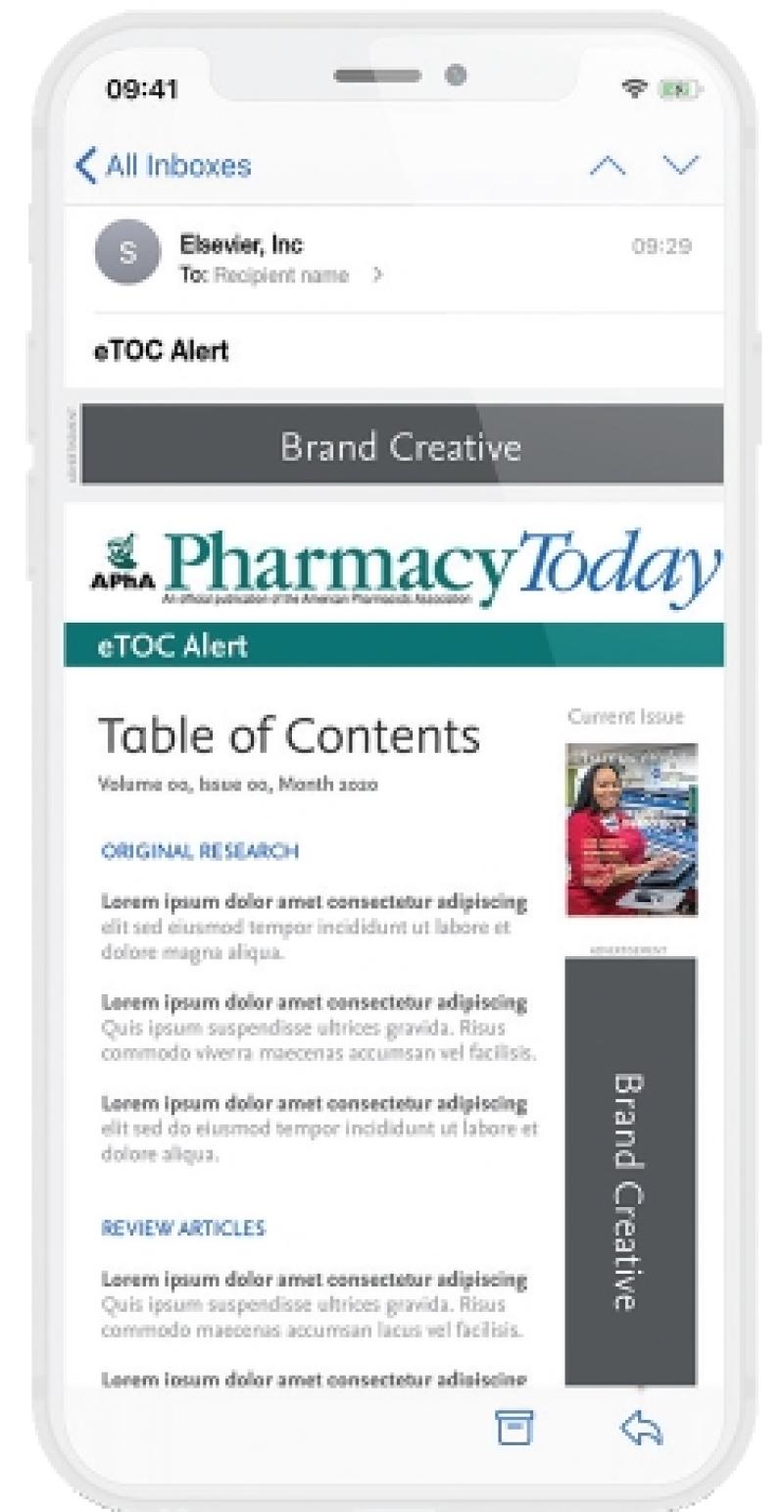
A banner ad on an eTOC connects the advertisement to useful scientific content.
Kindly contact your Elsevier representative should you require more information.


